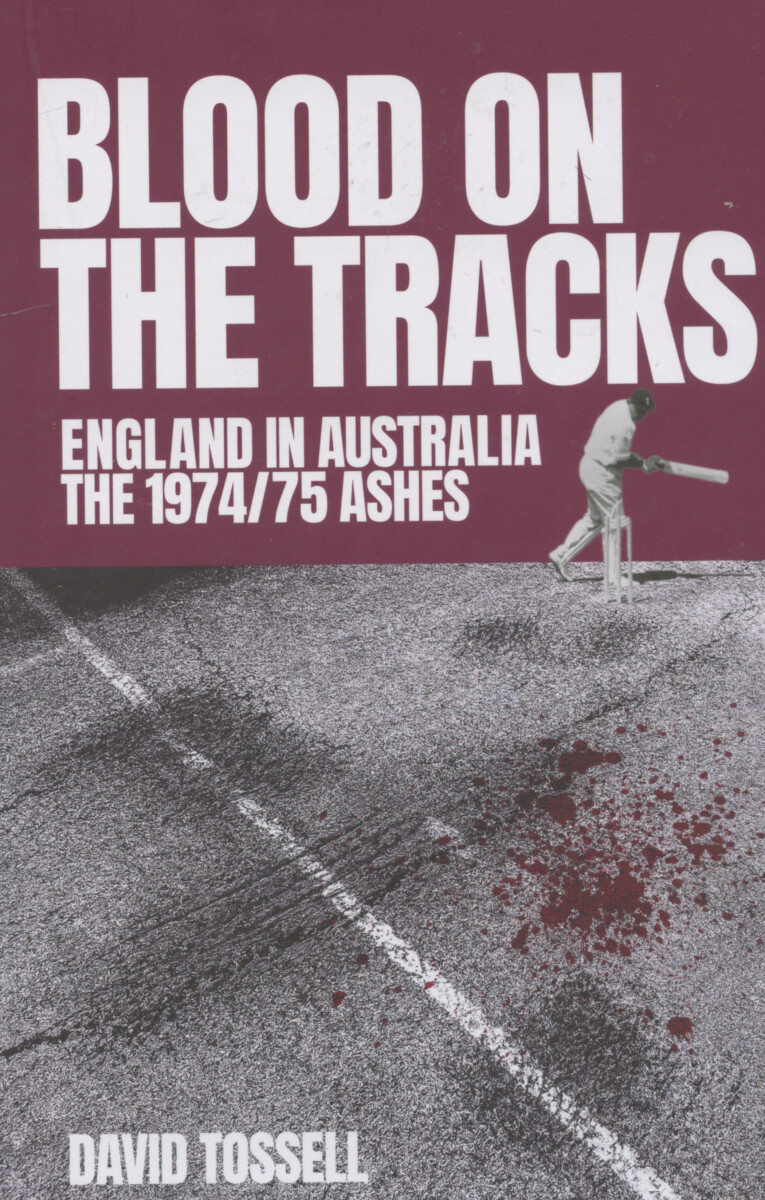
News
Reviewing Cricket’s Outlaws
KEN PIESSE reviews Cricket’s Outlaws, inside Kerry Packer’s World Series Revolution
This week, 40 years ago, World Series Cricket began with a whimper at Linton Street, Moorabbin, a boggy suburban football venue best known for the Doc, big Carl and Allan Jeans. The cream of Australia’s best cricketers practised on a set of sub-standard practice wickets out the back in the car park before playing an initial two day trial game in front of ever-so modest mid-week crowds.
The players were at their diplomatic best, the youngest and most charismatic David Hookes signing autographs after his net session for almost two hours. While others escaped inside into the anonymity of the dressing rooms and scanned the memorabilia and honour boards belonging to the ground’s most famous tenant, the St Kilda Football Club, Hookes stood and chatted amiably to the fans young and old, signing even the scrappiest pieces of paper for just about everyone who had bothered to come. At its height his queue alone was almost 200 yards long, stretching from the ‘animal enclosure’ wing way beyond the far goals at Nepean Highway.
Then 22, Hookes had initially been one of the more reluctant to join the ranks of the World Series breakaways, the cricketing outlaws who had finally bucked against the peanuts they were being paid by the ultra-conservative Australian Cricket Board and agreed to play for the money and might of Australia’s highest-profile businessman Kerry Packer.
So ostracized were the players that they were forbidden from even training, let alone playing with their clubs. Max Walker was forced to turn out with the Melbourne Cricket Club’s fifth XI alongside dozens of Saturdays-only club cricketers at Fawkner Park. Ray Bright joined his old mate John Sharp in his local Footscray league.
Packer’s WSC Supertests and the day-night revolution beckoned but few of the players had any idea of their own roles in history. They were being paid five years worth of cricketing wages annually — and for most, that’s all that counted… so what if they never played again for an official Australian XI.
Having finally committed to join the rebels, alongside another of Australia’s rising youngsters, Sydney-sider Ian ‘Wizard’ Davis, Hookes was soon the darling of the whole troupe and such a public relations winner that later in the summer, when he had his jaw broken by Andy Roberts’ change-up bouncer at the Sydney Showgrounds, Packer himself drove the wunderkid to hospital.
The stories from World Series are now 40 years old, but they have been re-told thanks to the publication this week of Cricket Outlaws, inside Kerry Packer’s World Series Revolution, by Austin Robertson.
This anecdotal history of WSC from the eyes of the players, managers and media comes complete with a foreword from Shane Warne who was once Robertson’s star commercial property.
Warne says his mate ‘Ock’ is ‘one of those rare people who cares more for what he’s doing and the people he’s doing it with than he does for his own interests’.
‘That’s not a great way to get rich but it does earn you some things more valuable than money: friendships and trust.’
In his introduction Robertson refers to Kerry Packer as ‘The Big Fella’, and on the famous night of 28 November, 1978, when he hosted cricket’s first day-night international, he even manned the gates to get more people in.
‘Kerry say how the members was sparsely populated, so roared at them to
open the gates.
‘Two grey-coated attendants turned into pillars and froze (doing nothing).
‘Packer than took matters into his own hands. He made a snap decision to charge people $10 for entry and called people through, many into the holy of holy members for the very first time.’
Robertson said the SCG ground capacity was 42,000 but it was more likely 60,000-plus trailed in that memorable night.
‘They were like sardines in a tin,’ he said.
That night when the players from both sides celebrated with unbridled delight, Robertson knew that the Great Cricket War had been won.
Night cricket, coloured clothing and white cricket balls was the answer… and so it remains so 40 years later with the incredible interest in Big Bash cricket.
Cricket Outlaws tells the stories of the two years of World Series, with all the big names contributing from the Chappell brothers and Dennis Lillee on.
Lillee confirms how he was a central presence in the whole movement. “I thought I could deliver some players for some exhibition matches outside of the controlling authorities,’ he writes. ‘And that is what John Cornell took to Packer.’
Cricket’s Outlaws is not without its mistakes or irritations but for lovers of nostalgia and a reminder of how and why cricket’s revolution had to happen, this is a fascinating insight.
As Hookes loved to say, every modern day professional cricketer worldwide should say a thankyou prayer to Kerry Packer each and every night. ‘Without him there was no way known the players of today would be so well off,’ he said.






